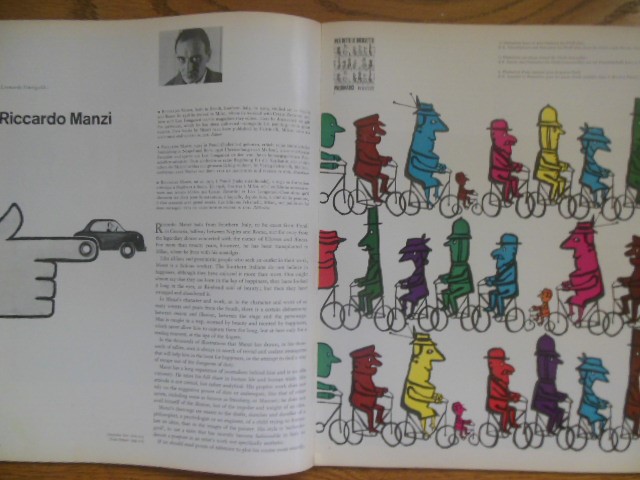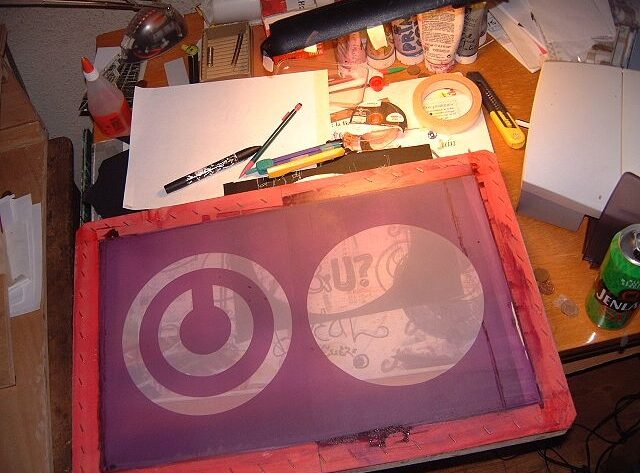Character Design in Animation
In the world of animation, character design is a critical element that can make or break a project. It’s the process of crafting unique and visually appealing characters that not only capture the audience’s attention but also convey the story’s emotions and themes. Character design is more than just drawing; it’s about giving life to imaginary beings that resonate with viewers on a profound level. In this blog post, we’ll delve into the fascinating world of character design in animation, exploring its history, key principles, and the creative minds behind some iconic characters.
The Evolution of Character Design
Character design has come a long way since the early days of animation. In the early 20th century, animation pioneers like Walt Disney and Max Fleischer revolutionized the field by creating memorable characters such as Mickey Mouse and Betty Boop. These characters had simple, yet expressive designs that were easy to animate, making them endearing to audiences.
As technology advanced, character design became more complex. With the advent of 3D animation, characters could be rendered with incredible detail, giving animators even more creative freedom. Pixar’s “Toy Story” (1995) marked a turning point, showcasing how 3D characters like Woody and Buzz Lightyear could captivate audiences with their depth and personality.
Key Principles of Character Design
Character design isn’t just about drawing pretty pictures; it involves a deep understanding of storytelling and psychology. Here are some key principles that guide character designers:
- Character Functionality: Characters should reflect their roles in the story. A hero, a villain, and a sidekick should all have designs that convey their personalities and motivations.
- Silhouette: A character’s silhouette should be distinctive and easily recognizable. Think of characters like Mickey Mouse and Pikachu, whose silhouettes are iconic.
- Proportion and Anatomy: Understanding human and animal anatomy is crucial for creating believable characters. Even fantastical creatures need a certain degree of anatomical consistency.
- Expressiveness: Characters should have a range of expressions that match their emotions and the story’s tone. A well-designed character should be able to convey happiness, sadness, anger, and more.
- Visual Appeal: Characters should be visually appealing, drawing the viewer’s eye with interesting shapes, colors, and details. This appeal can make characters memorable and endearing.
Creative Process in Character Design

Character design is a highly creative process that involves multiple stages:
- Conceptualization: At the beginning of a project, character designers work closely with writers and directors to understand the story’s world and themes. They brainstorm ideas and create rough sketches to explore different visual directions.
- Research: Depending on the project, designers might need to research historical, cultural, or thematic elements to inform their designs. This research adds depth and authenticity to the characters.
- Thumbnail Sketches: Designers create quick, small-scale sketches to experiment with various shapes and poses. This stage allows them to explore different possibilities before committing to a final design.
- Character Sheets: Once a design is chosen, it’s developed into a character sheet. This sheet includes front, side, and back views of the character, along with expressions and poses. Character sheets serve as references for animators.
- Color and Detail: Color palettes are carefully chosen to evoke the character’s personality and fit within the overall visual style of the animation. Designers also add fine details that give the character depth and texture.
- Feedback and Iteration: Character designers work closely with the animation team and receive feedback to refine their designs. It’s common for characters to go through several iterations to achieve perfection.
Iconic Characters and Their Designers
Behind every beloved animated character, there’s a talented designer who brought them to life. Let’s take a look at a few iconic characters and the creative minds responsible for their design:
- Mickey Mouse: Created by Walt Disney and Ub Iwerks, Mickey Mouse is one of the most recognizable characters in animation history. His simple design, with round ears and big, expressive eyes, exudes charm and relatability.
- Ariel (The Little Mermaid): Glen Keane, a Disney legend, designed Ariel. Her flowing red hair and enchanting underwater world captured the hearts of audiences worldwide.
- Bugs Bunny: The brilliant character designer Robert McKimson was responsible for the timeless design of Bugs Bunny. His iconic carrot-chomping rabbit is a symbol of wit and mischief.
- Shrek: Shrek, the lovable ogre from DreamWorks Animation, was brought to life by character designer Raman Hui. Shrek’s unconventional appearance challenged traditional notions of beauty and heroism in animation.
- Elsa (Frozen): Chris Buck and Jennifer Lee co-directed “Frozen,” and the character design of Elsa was a collaborative effort. Her elegant ice gown and magical powers became an instant sensation.
Conclusion
Character design in animation is a captivating blend of artistry, storytelling, and technical skill. It’s a process that has evolved over the decades, pushing the boundaries of creativity and technology. From the classic simplicity of Mickey Mouse to the intricate details of modern 3D characters, character design continues to play a pivotal role in captivating audiences of all ages. As we look to the future of animation, we can only imagine the new and exciting characters that will grace our screens, leaving their indelible mark on the world of entertainment. For more insights and further information about animation, be sure to visit http://shihou-mizuki.com/ to learn more.




